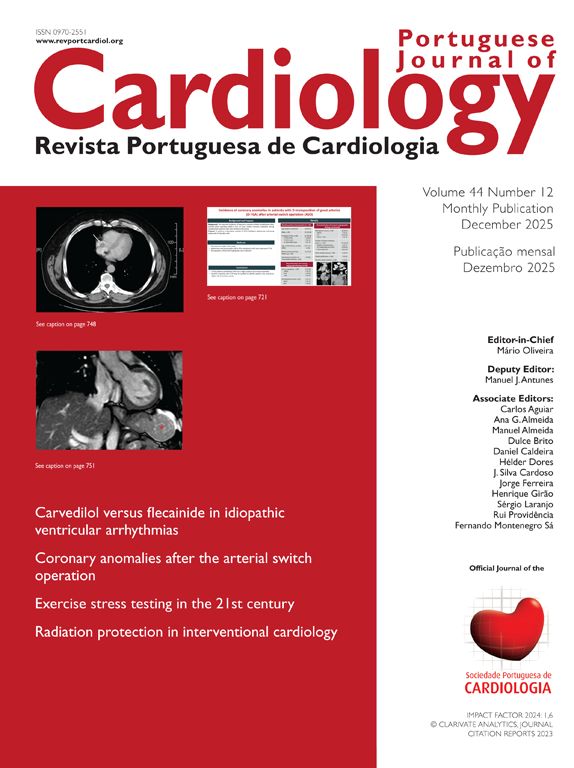The recently published Strategic Plan for Cardiovascular Health in Portugal outlines a comprehensive national framework for addressing cardiovascular disease, emphasizing prevention, health education, and psychosocial determinants.1 While ambitious and timely, the plan overlooks an emerging psychosocial factor with growing relevance to cardiovascular outcomes in older adults: ikigai – a Japanese concept that roughly translates to “what makes life worth living”.2
As prevention strategies continue to expand beyond traditional risk factors, ikigai deserves greater clinical consideration. Emerging studies suggest that a strong sense of purpose may reduce cardiovascular risk and contribute to broader physical, cognitive, and emotional well-being – yet it continues to receive little attention in cardiovascular prevention strategies in Western healthcare systems.3
Ikigai is a multidimensional construct encompassing life purpose, personal fulfillment, and meaning. In older adults, it tends to be rooted in social relationships, community engagement, and self-transcendence, rather than productivity or professional identity. A strong sense of ikigai has been linked to greater resilience, mental well-being, and adherence to preventive health behaviors. Conversely, its absence – often triggered by retirement, bereavement, or declining health – may signal vulnerability to adverse outcomes.4,5
Compelling evidence from prospective studies supports the cardiovascular benefits of having a strong sense of purpose, conceptually aligned with ikigai. A 2016 meta-analysis of ten high-quality cohort studies found that individuals with a higher sense of purpose had a significantly reduced risk of all-cause mortality. Among five of these studies that focused specifically on cardiovascular outcomes (pooled n=124948; mean age 57–72 years; mean follow-up 7.3 years), a higher sense of purpose was associated with a 17% lower risk of cardiovascular events (relative risk: 0.83; 95% confidence interval (CI): 0.75–0.92), even after adjusting for demographic, behavioral, and psychological confounders. More recent studies have reinforced this association: one showed that higher purpose in life correlated with fewer macroscopic infarcts at autopsy (odds ratio 0.54), while another demonstrated that individuals with low purpose had a markedly increased risk of cardiovascular mortality (hazard ratio 2.66; 95% CI: 1.62–4.38). Collectively, this body of evidence highlights purpose in life as a robust and independent protective factor for cardiovascular health in older adults.6
Mechanisms proposed to explain this association include reduced stress-induced activation of the hypothalamic–pituitary–adrenal axis, healthier behaviors (e.g., physical activity, sleep, treatment adherence), and favorable biological profiles such as lower systemic inflammation and improved metabolic regulation.6
Interventions such as structured workshops, volunteering, and rehabilitation programs that promote autonomy and social roles have shown promise in enhancing purpose and motivation among older individuals.4
Despite these insights, ikigai is rarely assessed in clinical practice. In geriatric care, where personal goals and quality of life are central, evaluating ikigai could support more holistic, patient-centered approaches. Tools like the 9-item Ikigai-9 scale are easy to implement and could help identify those at risk of disengagement or suboptimal health behaviors.2
Further research – especially longitudinal and interventional studies outside Japan – is needed to validate these findings and explore practical applications. Nonetheless, current evidence supports the integration of ikigai into geriatric assessment frameworks, not only to promote individual well-being but also as a potentially valuable component in cardiovascular prevention strategies tailored to older adults.
Ethical approvalNone declared.
Declaration of generative AI and AI-assisted technologies in the writing processDuring the preparation of this work the author used GPT-4 strictly for language editing and clarity improvement. After using this tool/service, the author reviewed and edited the content as needed and takes full responsibility for the content of the publication.
FundingNone declared.
Conflicts of interestNothing to declare.





